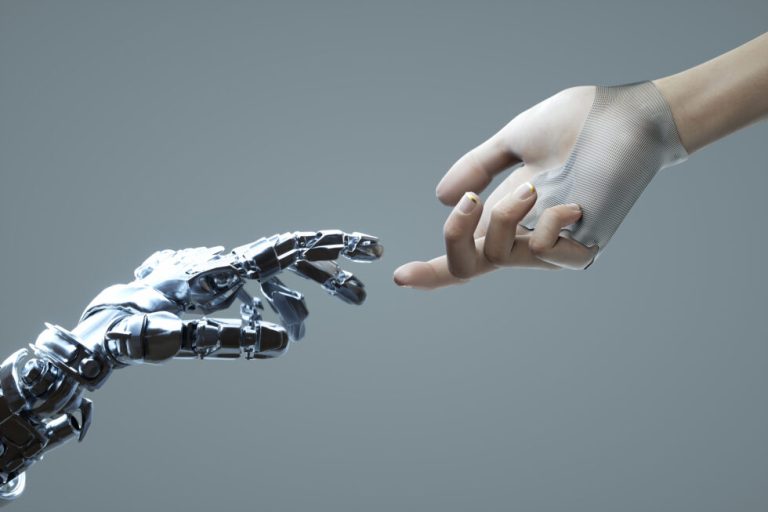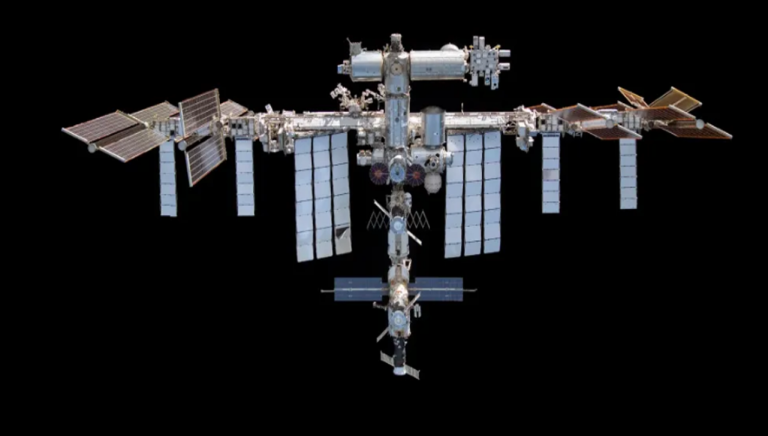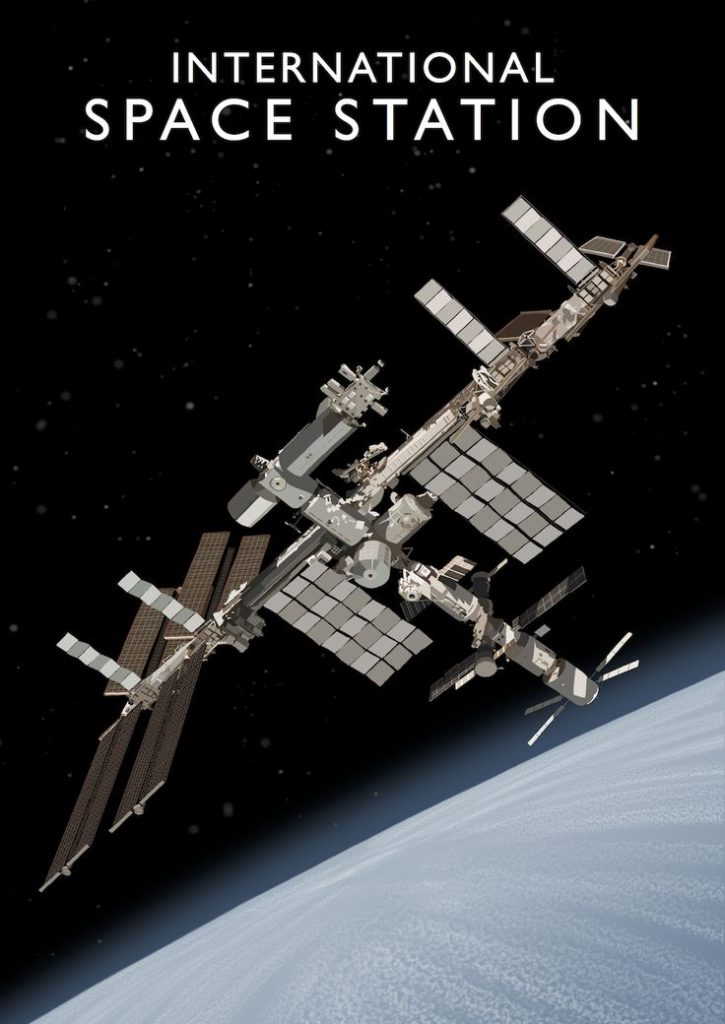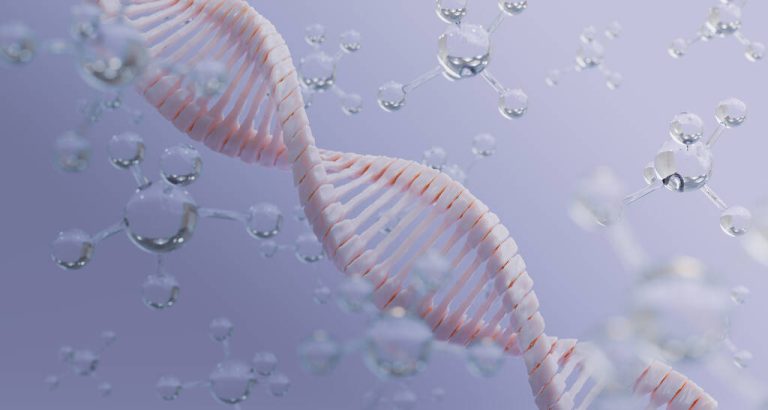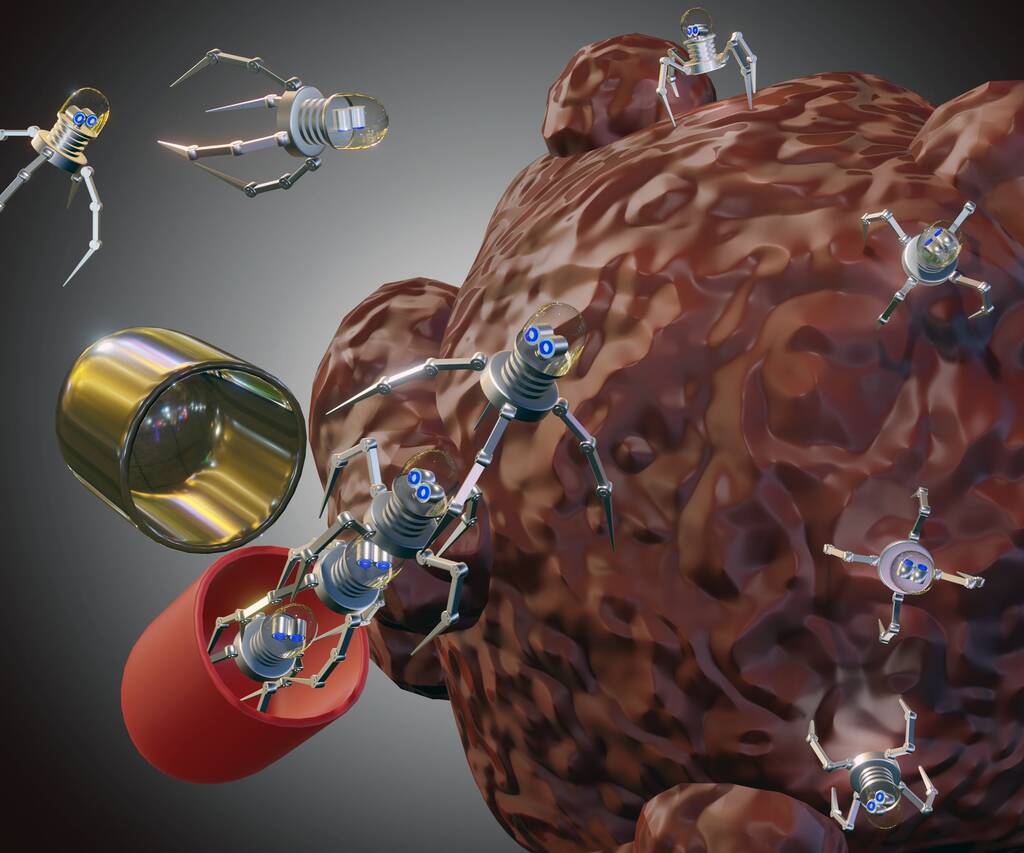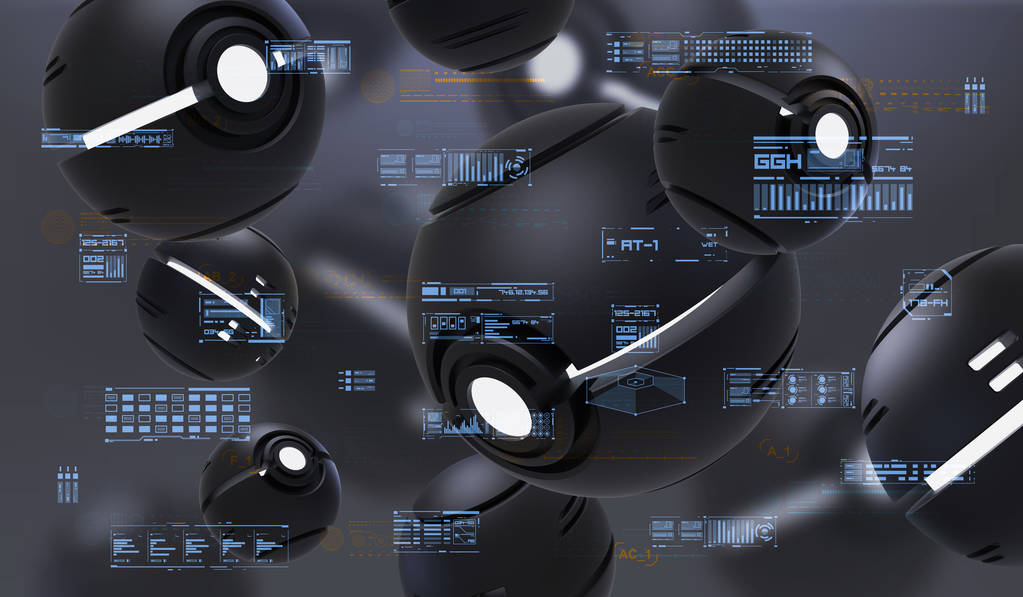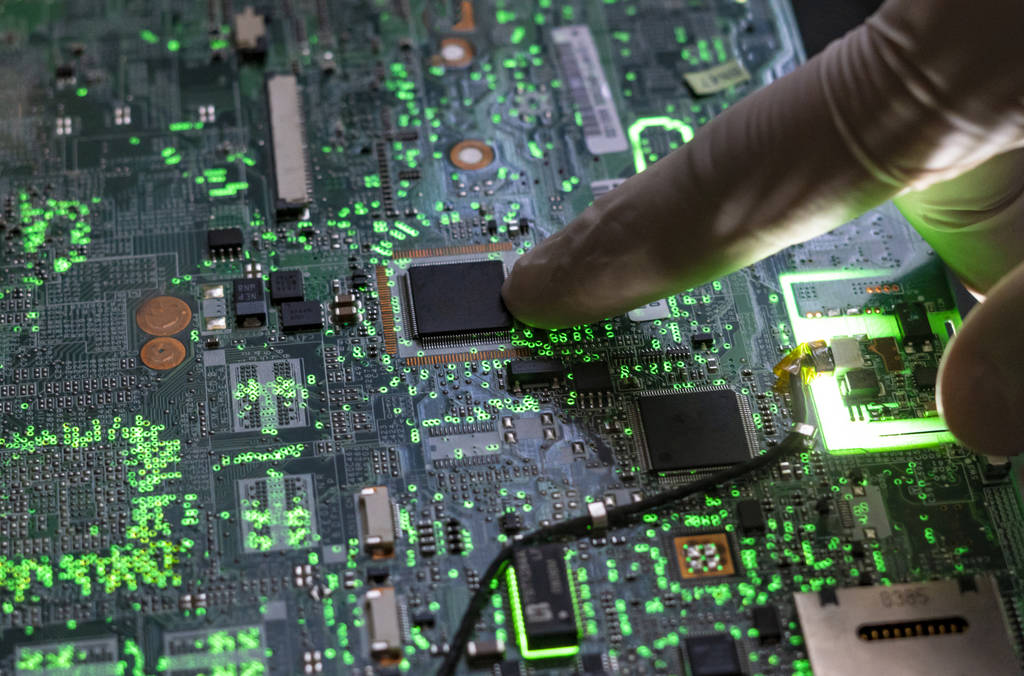A Biohybrid Robotic Hand Built Using Real Human Muscle Cells
The innovation of biohybrid robotics combines living tissue with engineered structures to create devices that can move and interact like natural limbs. By integrating lab-grown human muscle cells with 3D-printed frameworks, researchers have overcome challenges such as nutrient diffusion and tissue necrosis, paving the way for more advanced, durable, and functional robotic devices.
Summary:
- Introduction to Biohybrid Robotics: An exploration of combining living tissue with mechanical parts
- Historical Challenges: Issues like necrosis and limited muscle thickness hindering large-scale biohybrid devices
- The Breakthrough Innovation: Development of a full-size robotic hand with lab-grown muscle actuators
- Technical Process: Culturing thin muscle fibers, rolling them into cylindrical bundles known as MuMuTAs, and integrating them with a 3D-printed hand
- Mechanism of Action: Use of electrical signals to control muscle contraction and joint movement
- Challenges and Limitations: Fatigue in muscle tissues, unidirectional movement, and reliance on a liquid medium
- Future Prospects: Potential improvements including bidirectional actuation and artificial nutrient systems
- Real-World Applications: Prospects in medical prosthetics, soft robotics, and beyond
- Supporting Data: Tables comparing natural and lab-grown muscles and listing technical specifications of the robotic hand
- Expert Insights: Incorporation of quotes and expert opinions to underline the scientific breakthroughs
- References and Further Reading: Hyperlinked sources and DOI references for deeper exploration
Introduction
Biohybrid robotics is an exciting field that merges biology and engineering. Unlike traditional robots made entirely of metal, plastic, or silicon, biohybrid robots integrate living cells into their design. This blending of the organic with the synthetic offers new possibilities for creating devices that move in more natural ways. A recent breakthrough in this field is the development of a full-size robotic hand actuated by lab-grown human muscle cells. This innovation represents a significant step forward in robotics and tissue engineering.
Background
For years, scientists have been intrigued by the idea of using living tissues in machines. Biohybrid robots utilize muscle cells, which can contract and relax, similar to how our own muscles work. Traditional robotics struggle with mimicking the smooth and adaptive movements of natural limbs. While scientists have been successful in producing small-scale biohybrid actuators, scaling up these systems has been challenging. One of the biggest hurdles has been keeping the lab-grown muscles healthy and active. As muscles grow thicker, the inner cells often do not receive enough nutrients and oxygen, leading to tissue necrosis.
The Innovation
A research team led by Professor Shoji Takeuchi at Tokyo University tackled these challenges head-on. They developed a novel technique by first growing thin, flat muscle fibers. These fibers are then carefully arranged and rolled into cylindrical bundles, which the team calls MuMuTAs (Multiple Muscle Tissue Actuators). This process is similar to preparing sushi rolls, ensuring that each muscle cell remains close to the nutrient-rich liquid medium. By doing so, they were able to produce muscle tissue that is robust and functional even when scaled up to larger sizes.
“Scaling up biohybrid robots has been difficult due to the weak contractile force of lab-grown muscles, the risk of necrosis in thick muscle tissues, and the challenge of integrating biological actuators with artificial structures,” says Shoji Takeuchi, a professor at Tokyo University, Japan.
Once the MuMuTAs were successfully created, the team integrated them into a 3D-printed plastic hand. Each finger of the hand has three joints and is connected to a cable linked to a MuMuTA. This design allows for the controlled movement of the fingers, enabling gestures like those used in the game of rock, paper, scissors, or even the manipulation of small objects such as a pipette. The hand is suspended in a liquid medium to maintain the health of the muscle tissues, which is crucial for keeping the cells alive and active.
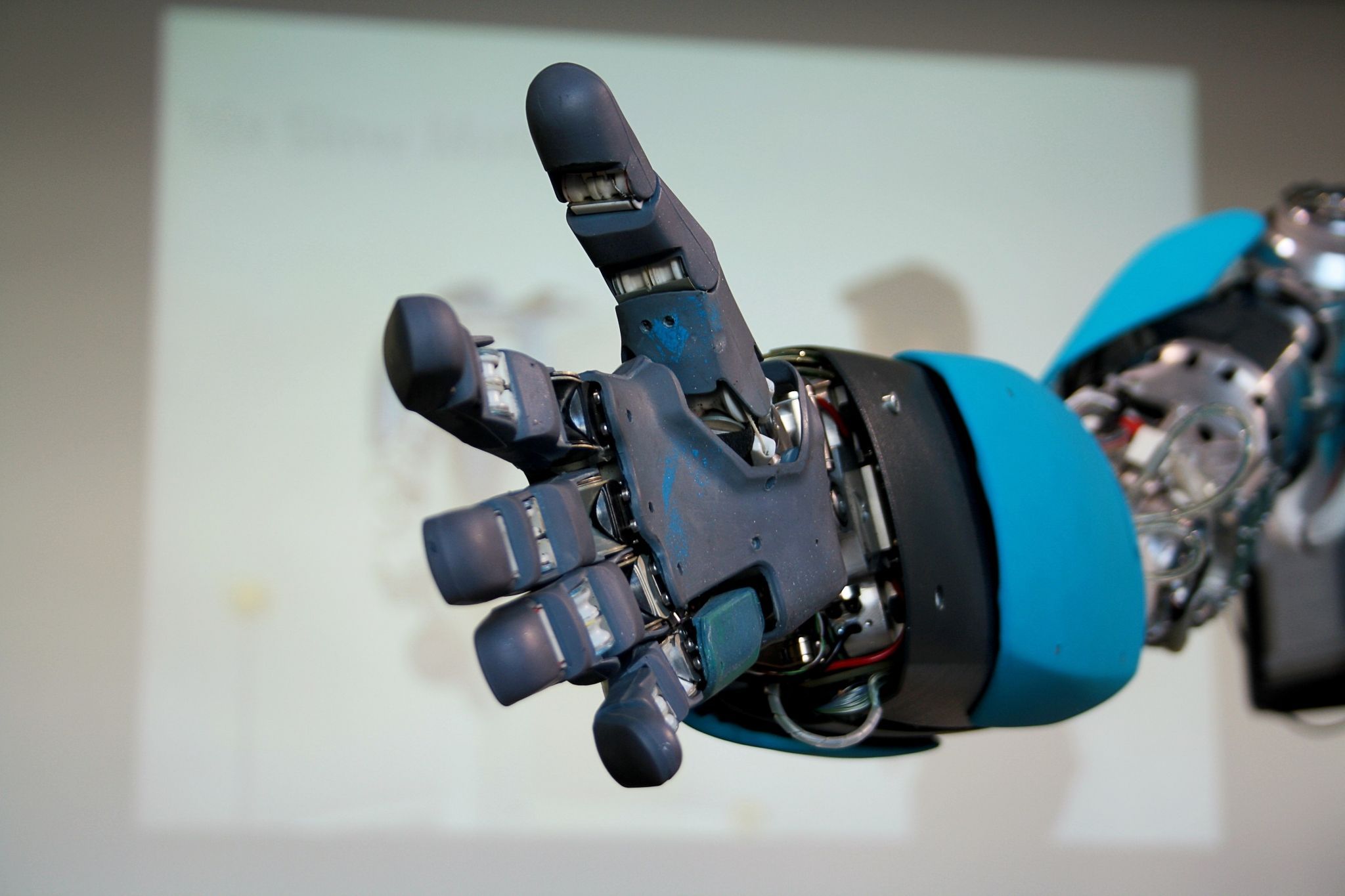
Technical Details
The functioning of the biohybrid robotic hand is a marvel of modern engineering. The process begins with cultivating muscle cells in a nutrient-rich medium. These cells grow on petri dishes and are arranged in thin sheets to ensure that oxygen and nutrients can easily diffuse through the tissue. After sufficient growth, the muscle sheets are carefully rolled into cylindrical bundles, forming the MuMuTAs.
Table 1: Comparison of Natural Muscles and Lab-Grown Muscles
| Feature | Natural Muscles | Lab-Grown Muscles (MuMuTAs) |
|---|---|---|
| Contractile Force | Approximately 6 mN/mm² | Around 0.7 mN/mm² |
| Tissue Structure | Vascular network ensures nutrient supply | Flat, thin sheets rolled to allow diffusion |
| Fatigue Resistance | Highly resilient with regular exercise | Prone to fatigue after about 10 minutes of use |
| Scale | Can support large-scale movement | Previously limited to small, simple actuators |
Electrical signals are sent through electrodes attached to the MuMuTAs, triggering the muscle fibers to contract. The strength of each contraction can be controlled by modulating the applied voltage. Despite these advances, challenges remain. The current design only allows the fingers to actuate in one direction. The muscles contract in response to electrical signals, but they rely on the natural buoyancy of the medium to return to their original position. Future iterations may incorporate elastic materials or additional antagonistic muscle bundles to enable bidirectional movement.
Challenges and Limitations
Although this breakthrough is promising, several challenges still hinder the progress of biohybrid robotic systems:
Nutrient Diffusion and Necrosis:
Growing muscle tissues thicker than a few millimeters poses a problem. Without an artificial vascular network, the inner cells can suffer from a lack of nutrients, leading to necrosis. The innovative sushi roll technique is a clever workaround, but it is not a permanent solution for larger-scale applications.
Limited Movement Range:
The current design relies on the buoyancy of the liquid medium to return the fingers to their original positions. This unidirectional actuation means that for every contraction, another set of muscle tissues or materials must be used to reset the position.
Muscle Fatigue:
After about 10 minutes of continuous activity, the biohybrid hand shows signs of fatigue. Although the muscles can recover after a period of rest, the limited endurance poses a challenge for long-term applications.
Environmental Dependency:
The entire system currently operates in a liquid medium, which is necessary to maintain the health of the muscle tissues. Transitioning these systems to operate in a dry environment will require significant innovations in artificial nutrient delivery and tissue support systems.
Future Prospects
The future of biohybrid robotics is bright and full of potential. Researchers are exploring several avenues to overcome the existing limitations:
Exercise and Conditioning:
Much like natural muscles, lab-grown muscles may benefit from a regimen of repeated contractions. Regular “exercise” could enhance both the endurance and contractile strength of these tissues, making them more robust over time.
Bidirectional Movement:
Integrating elastic materials into the joints or adding a second set of antagonistic MuMuTAs could enable the robotic hand to move in both directions. This advancement would significantly improve the functionality of biohybrid limbs.
Artificial Nutrient Systems:
Developing systems that can supply nutrients and oxygen to muscle tissues in a dry environment is critical for real-world applications. Innovations in microfluidics and biomaterials may offer solutions to this challenge.
Scaling Up:
With further research, it may be possible to create larger biohybrid robots capable of performing more complex tasks. Such advancements could revolutionize fields like prosthetics, soft robotics, and even wearable devices.
Table 2: Technical Specifications of the Biohybrid Robotic Hand
| Specification | Description |
|---|---|
| Hand Length | 18 centimeters |
| Number of Fingers | 5 |
| Joint Count per Finger | 3 |
| Muscle Actuator Type | MuMuTA (Multiple Muscle Tissue Actuator) |
| Force Generation | Approximately 8 mN per MuMuTA |
| Material of Structure | 3D-printed plastic |
| Operational Environment | Liquid medium to maintain tissue viability |
For further reading and detailed insights into this research, you can visit the Science Robotics website where the work is published.
The development of a biohybrid robotic hand that utilizes real human muscle cells marks a revolutionary step in the fields of robotics and tissue engineering. By creatively overcoming the challenges of tissue necrosis and nutrient diffusion through techniques such as rolling muscle sheets into MuMuTAs, researchers have opened the door to new possibilities in building lifelike robotic systems. Although current limitations like muscle fatigue, unidirectional movement, and reliance on a liquid medium still exist, ongoing research and innovative ideas promise significant improvements. With potential applications ranging from advanced prosthetics to soft robotics in industrial settings, the future of biohybrid technology is as dynamic as it is promising.
The blending of biology and technology in this project demonstrates that nature-inspired design can lead to groundbreaking solutions. As scientists continue to refine these techniques, we can expect biohybrid robots to become more durable, versatile, and efficient. Their development not only pushes the boundaries of engineering but also opens up new avenues for exploring how living systems can interact with and enhance mechanical devices.
Facts
- Biohybrid systems have been studied for over a decade, but significant breakthroughs have only emerged in recent years.
- The term MuMuTA was coined because the rolled muscle sheets resemble sushi rolls, a fun analogy that makes the concept more relatable.
- 3D printing is revolutionizing many fields, and its use in biohybrid robotics is a prime example of its versatility.

